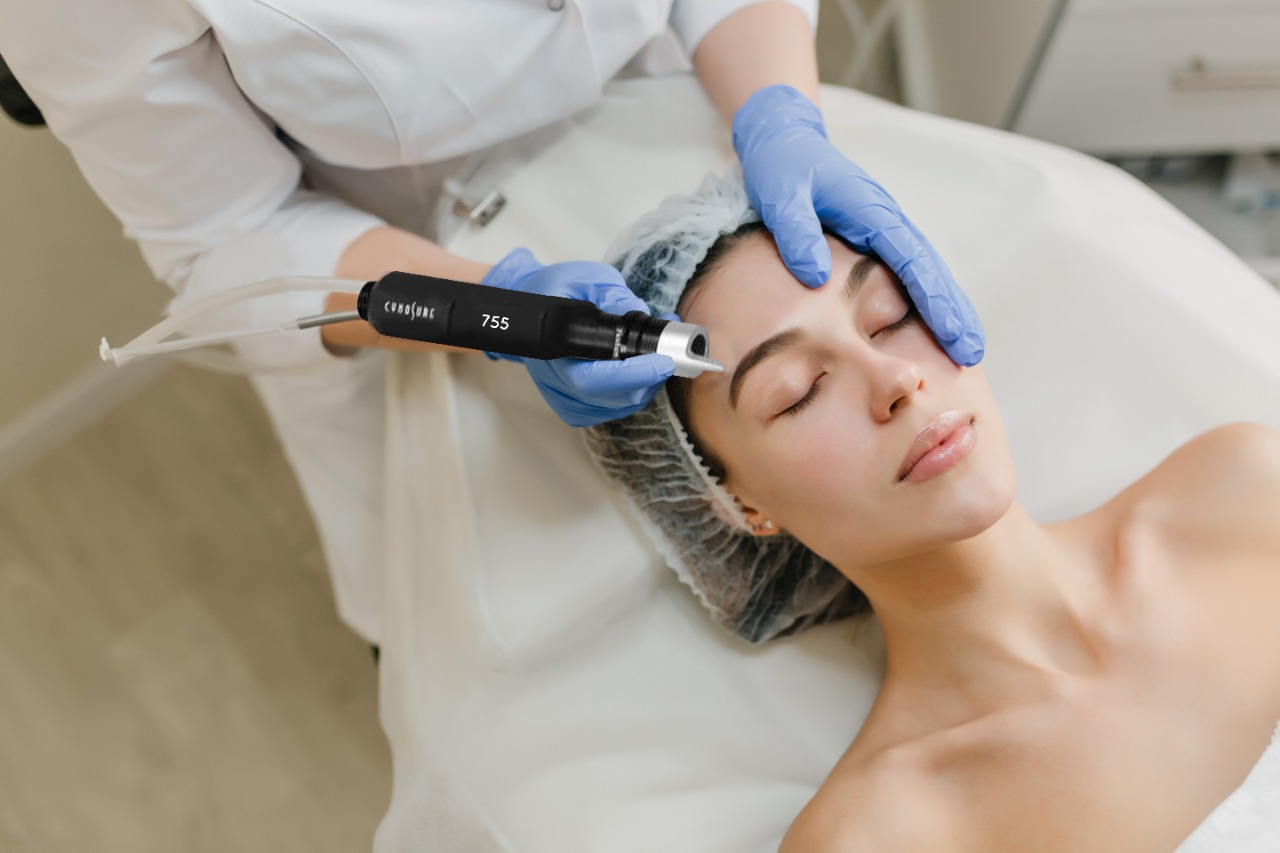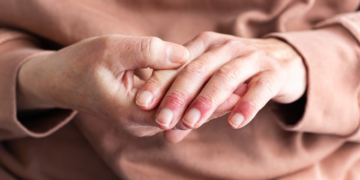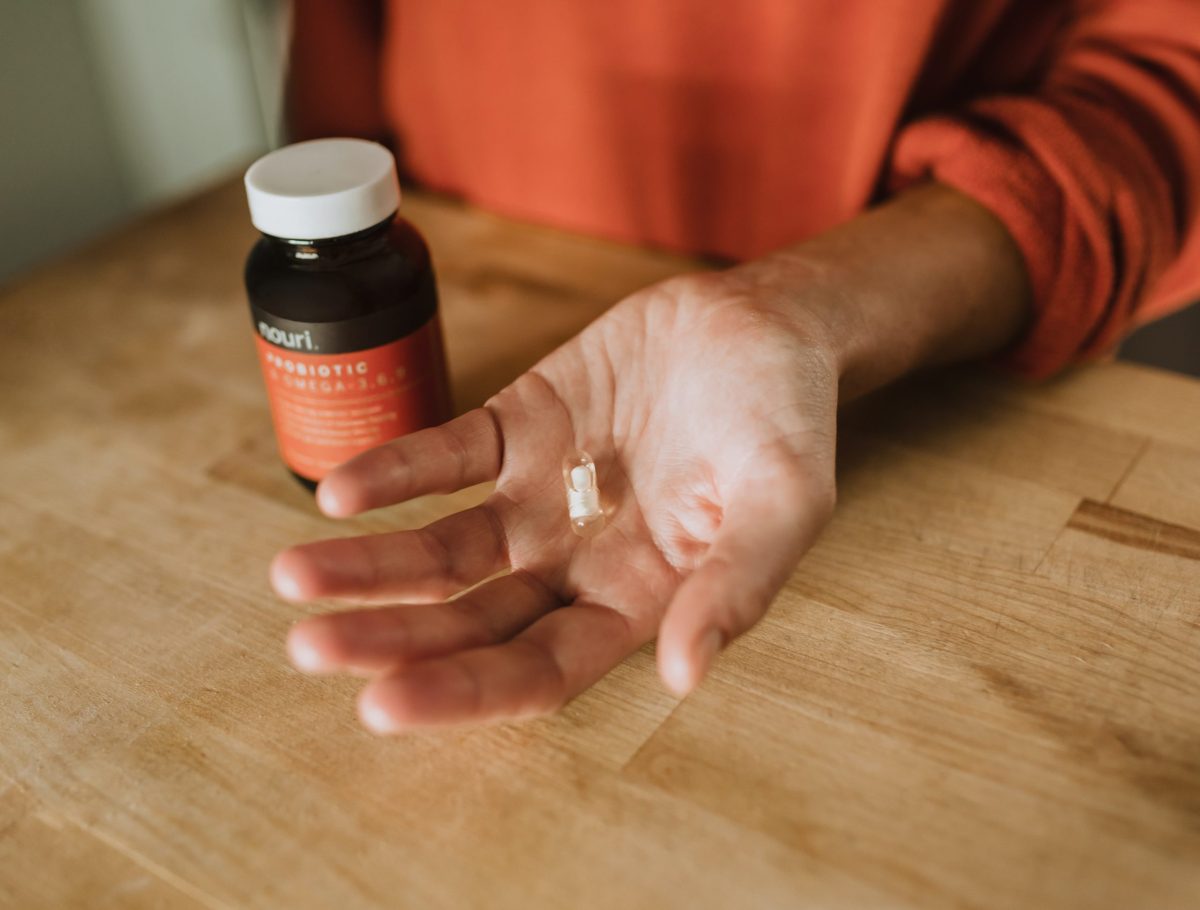Living with skin imperfections like acne scarring and sun damage spots is never fun. Apart from impacting physical appearance, they are also known to significantly interfere with self-esteem.
That’s where cosmetic treatments like Pico laser treatment also come in. They help address specific imperfections on the skin to uplift your confidence again and ensure that you’re not constantly reminded of the skin damage you endured in the past.
This guide explores all the basics your plastic surgeon will want you to know about Pico laser treatment if you’re considering the procedure in Singapore. Read on!
What is the Pico Laser good for?
To begin with, the Pico laser is gentle on the skin, so it works with all skin types, including darker skin tones. To be considered for Pico laser, though, it is important that you do not have conditions that the treatment may worsen.
But what is it good for? Here are three conditions that the Pico laser can help you address effectively;
I. Acne Scarring
Pico laser treatment is a highly effective option for addressing stubborn acne scarring that can persist for years despite other treatments. This innovative approach utilizes a laser to induce thermal injury in the targeted area, prompting the body’s natural healing process.
The injured skin initiates collagen production, leading to the repair and remodeling of the affected skin. Scientific studies have demonstrated the impressive efficacy of Pico laser treatments in reducing acne scars.
In one study, participants underwent six laser sessions specifically designed to target acne scars on the face. Remarkably, all participants expressed satisfaction with the results, highlighting the positive outcomes achieved through this method.
If you are concerned about potential discomfort during the procedure, it is reassuring to note that patients were asked to provide objective pain scores for each treatment session. The average pain score reported was 2.83 out of ten, indicating that any discomfort experienced during the process was generally minimal.
II. Skin Discoloration
From birthmarks to melasma and sun damage, skin discoloration can be a source of frustration and self-consciousness for many people. This is because conventional treatments may not always yield satisfactory results.
That’s where Pico laser treatment fits in nicely. It could just be all you need if you’re troubled with skin discoloration issues.
Pico laser technology utilizes a Picosecond laser, which is capable of minimizing inflammatory pigmentation. Unlike traditional lasers, the Pico laser targets specific areas and small skin particles, reducing the risk of thermal damage. This makes it not only effective but also safe, especially for patients with sensitive skin.
And many people actually prefer Pico laser treatment, thanks to its unique ability to produce noticeable results. And in just a single session.
When undergoing the procedure, your practitioner can adjust the laser’s wavelength and use different applicators, to effectively target and remove superficial pigmentation. This makes it a popular choice for individuals seeking quick and effective treatment.
III. Tattoo Removal
When it comes to tattoo removal, Pico laser treatments have gained popularity for their effectiveness and efficiency. These cutting-edge lasers utilize high-specification technology to break down tattoo pigments at an accelerated rate, resulting in faster removal and fewer treatment sessions required to achieve desired outcomes.
Pico lasers excel in targeting various tattoo colors, with black and grey ink being the easiest to eliminate. Dark green pigments also respond well to this type of laser treatment. However, it’s important to note that the complete removal of all colored ink pigments is challenging for any laser tattoo removal method.
While Pico lasers deliver impressive results, certain hues pose greater difficulty in the removal process. Colors such as yellow, purple, and fluorescent shades are particularly stubborn. It’s important to manage expectations accordingly and consult with a qualified professional who can assess your specific tattoo and provide personalized advice.
What are the Disadvantages of Pico Laser?
While Pico laser technology is generally safe and effective for tattoo removal, like any medical procedure, there are potential risks and complications to consider. It’s essential to be well-informed about these issues before undergoing treatment. Here are some of the notable disadvantages of Pico laser treatment;
- Pain: Pico laser treatments can cause slight discomfort during the procedure. However, the level of pain experienced varies among individuals and is often described as tolerable. A good provider will apply topical anesthetics or use cooling techniques to minimize discomfort.
- Erythema: This is the temporary redness of the skin. It is a fairly common side effect of Pico laser treatment. It should resolve within a few hours to a few days following your treatment.
- Edema: Swelling or edema of the treated area is another common side effect. This typically subsides within a few days as the skin heals.
- Pinpoint Bleeding: Some pinpoint bleeding may occur during Pico laser tattoo removal. This is a normal response as the laser targets the pigments within the skin.
- Crusting: Following the treatment, the treated area may develop crusts or scabs. These typically heal and fall off within a week or two.
- Blistering: In rare cases, blisters may form as a result of Pico laser treatment. These blisters should be treated with care to avoid infection and typically heal without complications.
- Scarring: While uncommon, there is a risk of scarring associated with Pico laser tattoo removal. This risk is actually higher if you have a history of keloid or hypertrophic scarring.
- Postinflammatory Hyperpigmentation: There is also a risk of temporary darkening of the skin (hyperpigmentation) in the treated area. This typically resolves over time but can be minimized by proper post-treatment care and sun protection.
- Postinflammatory Hypopigmentation: In rare cases, Pico laser treatments may lead to temporary lightening of the skin (hypopigmentation) in the treated area. This usually resolves spontaneously but can take several months.
To mitigate these risks, it’s crucial to seek treatment from a skilled plastic surgeon or dermatologist experienced in Pico laser tattoo removal. They will assess your individual circumstances, provide appropriate aftercare instructions, and closely monitor your progress to minimize the likelihood of complications. It’s also essential to follow post-treatment guidelines diligently to promote optimal healing and reduce the risk of adverse effects.
Closing Thoughts
Pico laser treatment is safe and can help with several skin imperfections. Just to ensure that you’re a good candidate for the procedure, take your time to research and find a reliable practitioner for the treatment.
If you’re in Singapore, the team at Veritas got you covered. Contact or visit us today to schedule your consultation. Details:
- Veritas Medical Aesthetics – Nose Fillers | Pigmentation Removal Singapore
- 13 Stamford Rd,
- B2-35B Capitol Singapore,
- Singapore 178905
+65 8129 9789


 Home
Home










